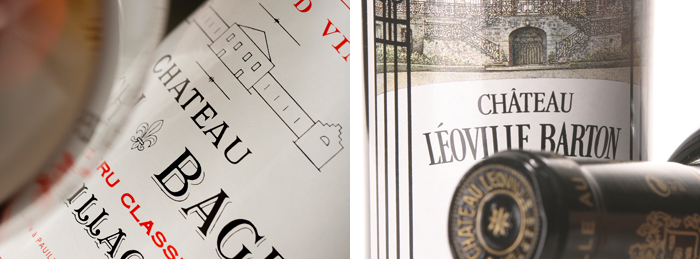On Points…
Author: Berry Bros. & Rudd
The description of wine is a very personal matter. Some think in terms of cherries, gooseberries and the like (which can be difficult for those of us brought up in cities), others more simply in terms of structure, class, balance. I am in the latter camp: ask me what aroma jumps out at me from Ch. Lynch-Bages, for instance, and I’ll invariably say “Pauillac” as opposed to cassis and cedar.
One way to make the expression of a wine’s quality easier is of course to award it a mark. Robert Parker scores out of 100, Jancis Robinson out of 20 and BBR out of 20 too. This does make sense, particularly when one is marking within a consistent context such as the wines of one vintage from a specific region.
Parker’s scoring system has more structure than many think. A wine gets 50 points for turning up, up to 5 points for colour and appearance, 15 points for aroma and bouquet, up to 20 points for flavour and finish, and finally, up to 10 points for overall quality and potential for further ageing.
Our scores aren’t quite so structured and, unless I’m wrong, nor are Jancis Robinson’s. Where they do excel, though, is that they are almost always the product of collective opinion – what we all think about a wine rather than one person’s opinion. This is vital I think, particularly when tasting young wines and cask samples as there are frequently wines that one simply doesn’t “get”: I almost always leave Ch. Palmer scratching my head whilst my colleagues are raving, for instance.
Ultimately, though, I don’t really like scores. If pushed I’ll give my scores (out of 100, just to confuse things) but the rare 100-pointers aside (1927 Taylor being one of a few Fowler 100s – this wine is sheer perfection) it does seem rather odd that the sheer beauty of something like, say, 2005 Margaux, can be summarised by a number. Parker’s note for this wine is summed up by “98+”. My note finishes “love”: I had ran out of words and a number just wouldn’t do the job.



